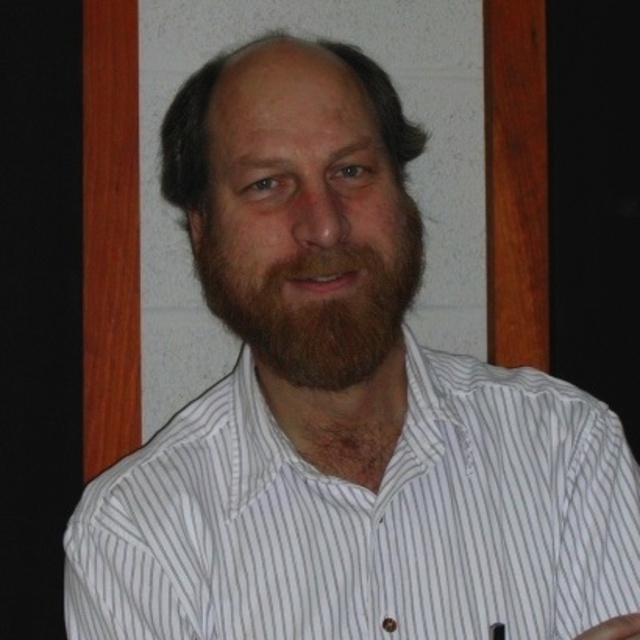September
2014
•
2014ApJ...792...30M
Authors
•
Mainzer, A.
•
Bauer, J.
•
Cutri, R. M.
•
Grav, T.
•
Masiero, J.
•
Beck, R.
•
Clarkson, P.
•
Conrow, T.
•
Dailey, J.
•
Eisenhardt, P.
•
Fabinsky, B.
•
Fajardo-Acosta, S.
•
Fowler, J.
•
Gelino, C.
•
Grillmair, C.
•
Heinrichsen, I.
•
Kendall, M.
•
Kirkpatrick, J. Davy
•
Liu, F.
•
Masci, F.
•
McCallon, H.
•
Nugent, C. R.
•
Papin, M.
•
Rice, E.
•
Royer, D.
•
Ryan, T.
•
Sevilla, P.
•
Sonnett, S.
•
Stevenson, R.
•
Thompson, D. B.
•
Wheelock, S.
•
Wiemer, D.
•
Wittman, M.
•
Wright, E.
•
Yan, L.
Abstract
•
NASA's Wide-field Infrared Survey Explorer (WISE) spacecraft has been brought out of hibernation and has resumed surveying the sky at 3.4 and 4.6 μm. The scientific objectives of the NEOWISE reactivation mission are to detect, track, and characterize near-Earth asteroids and comets. The search for minor planets resumed on 2013 December 23, and the first new near-Earth object (NEO) was discovered 6 days later. As an infrared survey, NEOWISE detects asteroids based on their thermal emission and is equally sensitive to high and low albedo objects; consequently, NEOWISE-discovered NEOs tend to be large and dark. Over the course of its three-year mission, NEOWISE will determine radiometrically derived diameters and albedos for ~2000 NEOs and tens of thousands of Main Belt asteroids. The 32 months of hibernation have had no significant effect on the mission's performance. Image quality, sensitivity, photometric and astrometric accuracy, completeness, and the rate of minor planet detections are all essentially unchanged from the prime mission's post-cryogenic phase.
Links



.png?1523393848)


